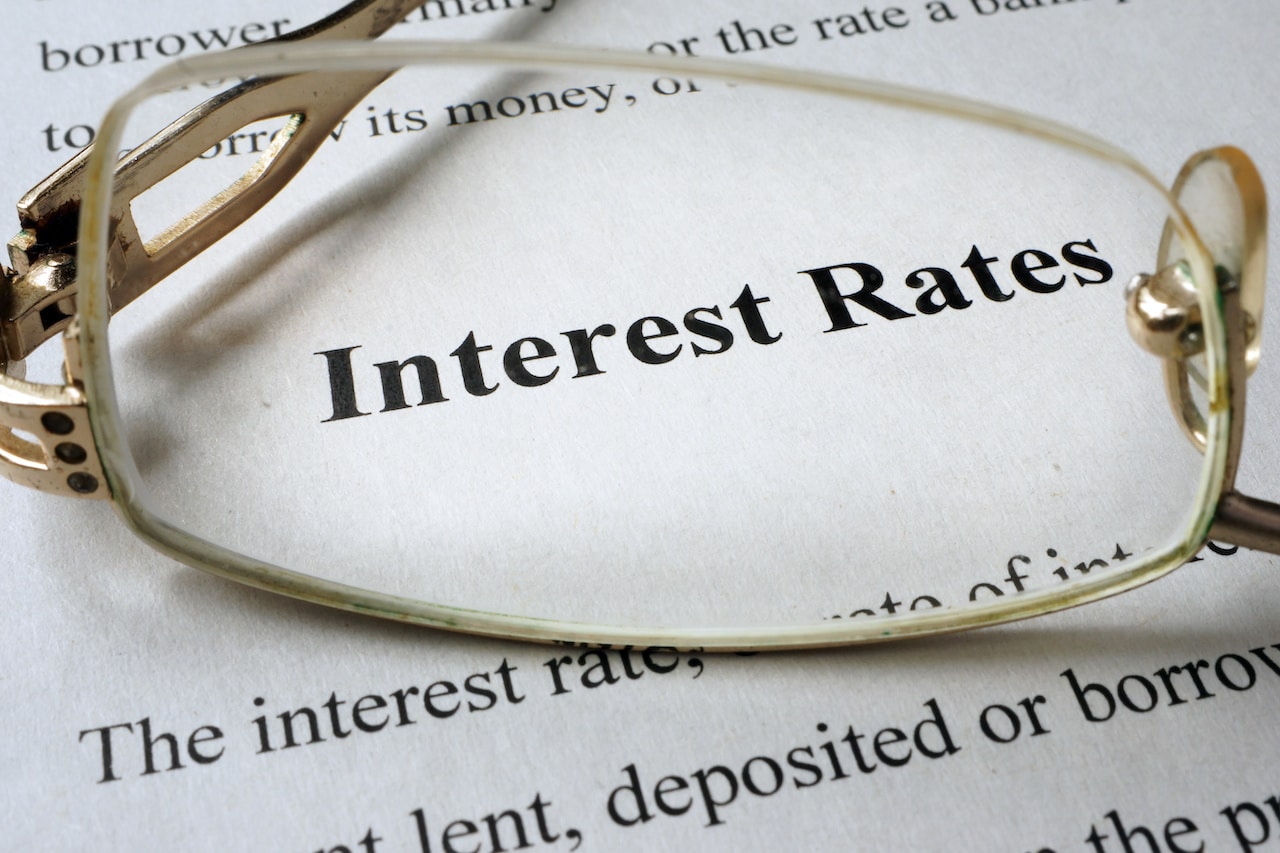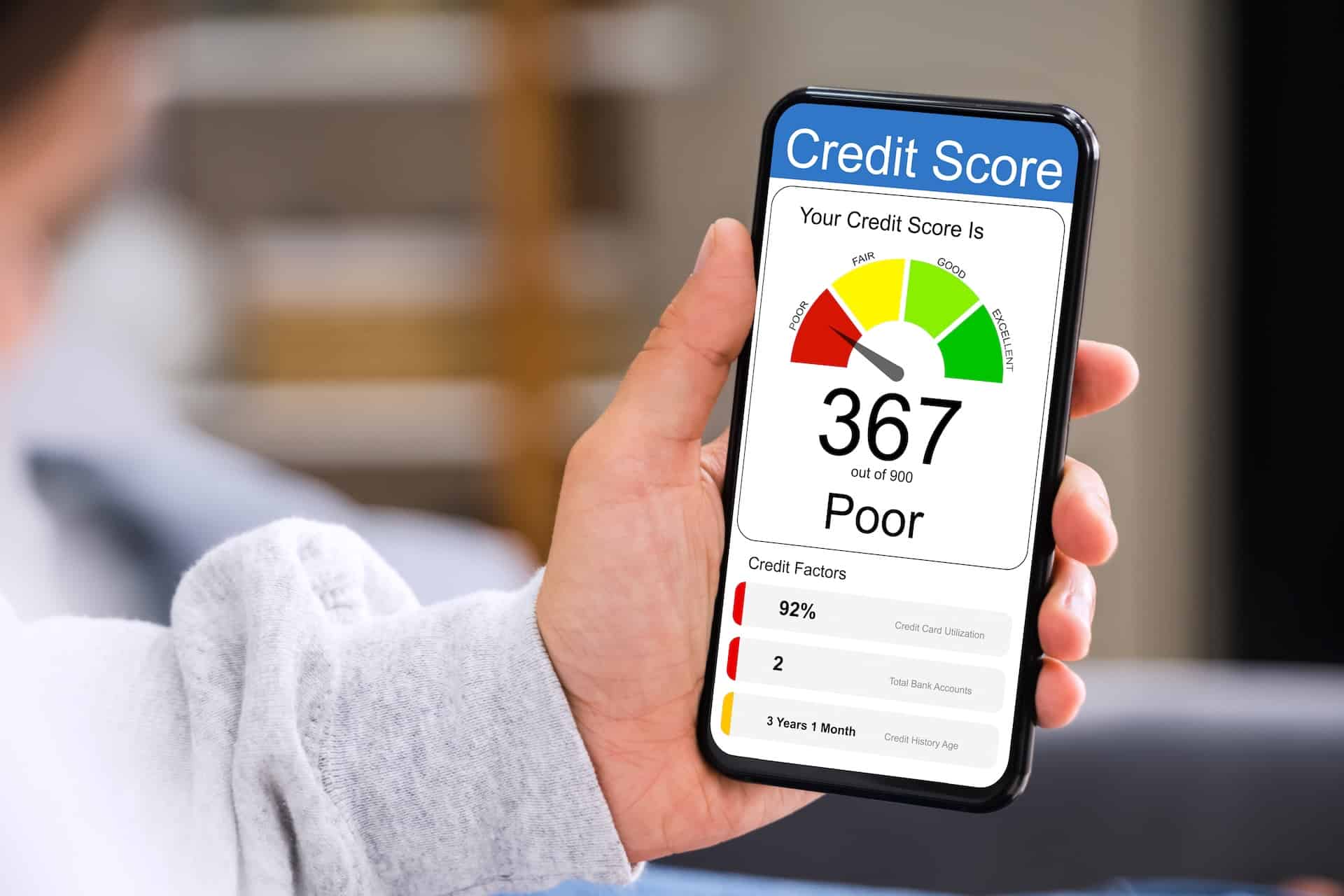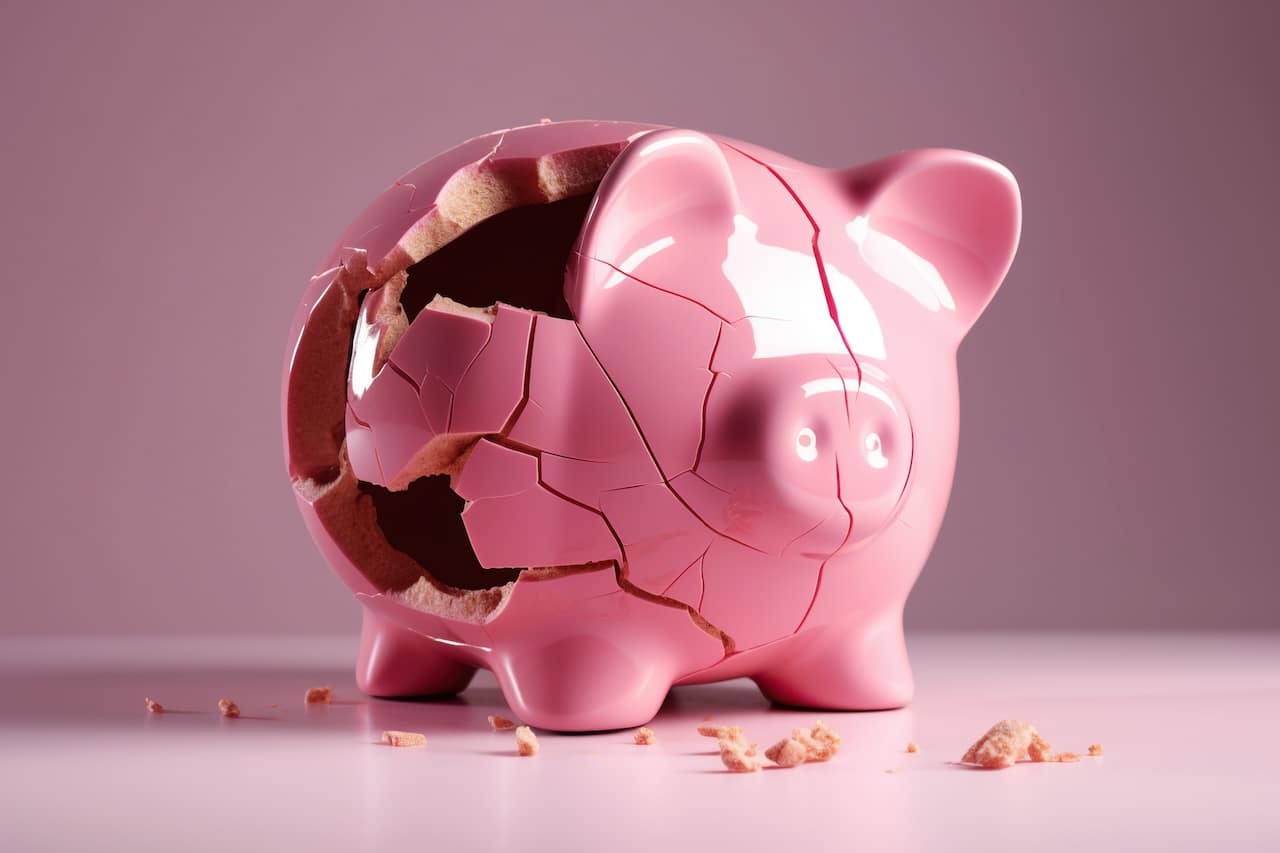Credit Sesame on why to expect more interest rate increases.
On November 2, 2022 the Federal Reserve raised interest rates by 0.75%, to a range of 3.75% to 4.0%. That was the sixth rate increase this year, for a total rate hike of 3.75%. And the Fed probably isn’t yet finished raising rates.
There are good reasons to expect that there are more interest rate increases to come.
1. The Fed has projected higher rates
No one knows for sure what the Fed may do at each meeting, but it gives the public signals about what to expect. The Fed has already signaled that they expect rates to go higher than the current range of 3.75% to 4.0%.
The Federal Open Market Committee (FOMC) is the group within the Fed that makes interest rate decisions. Four times a year, the FOMC releases a set of economic projections that show where the expect rates to go over the next few years.
The most recent projections made at the FOMC’s September meeting show that the committee expects rates to rise to 4.4% by the end of this year, and to 4.6% next year.
The FOMC is by no means required to follow its rate projections. In fact, the rates they set have often differed from their own projections. They make decisions based on the most recent economic data, which can change from month to month. However, what the FOMC signaled most recently is that unless there’s a significant change in conditions, rates are going to go higher than they are now.
2. Jerome Powell has warned rates may go higher than expected
Not only do the Fed’s projections show rates continuing to move higher, but Fed Chair Jerome Powell’s comments after the latest Fed meeting suggest rates might exceed those projections. Powell
“Incoming data since our last meeting suggest that the ultimate level of interest rates will be higher than previously expected,” said Powell.
That remark suggests the Fed is starting to anticipate raising rates higher than the previous projection of 4.6%. Powell’s reference to data since the previous meeting indicates that the Fed is seeing no sign of inflation slowing down.
With that being the case, Powell’s comments indicate that the Fed to may continue to raise interest rates. The historical record cautions strongly against prematurely loosening policy,” he warned. “We will stay the course until the job is done.”
3. Economic conditions support more interest rate increases
Recent economic releases seem to support Powell’s comments. The rate of increase in the Consumer Price Index accelerated in September, after slowing in July and August. The uptick in inflation was before oil prices had responded to an agreement by large oil-producing nations to cut output.
Meanwhile, a strong job market continues to clear a path for continued Fed rate increases. The Fed has to balance fighting inflation by raising rates against the concern that it slows the economy and costs jobs.
That concern was especially acute after the economy contracted slightly in the first half of this year. However, preliminary data on third-quarter GDP shows that the economy rebounded in the third quarter to grow at a 2.6% annual rate after inflation.
With that growth, the employment market continues to add jobs. There were 261,000 new jobs in October, and a total of over 4 million jobs added in the first ten months of 2022.
The Fed has raised rates step-by-step approach so it can monitor job losses. With no signs of reduced employment, inflation remains the number one problem. While that’s the case, expect more interest rate increases.
4. Interest rates are not unusually high now
The Fed has raised rates six times this year but rates are not particularly high now.
The Fed rate was near zero when the year began. Even after rising 3.75% this year, interest rates are unusually low.
A Credit Sesame analysis of 50 years’ worth of historical data found that the average Fed interest rate over that time was 4.89%. The current rate would have to rise by about 1% just to get back to match that average.
What’s even more telling is where the Fed rate stands relative to inflation. Over the past 50 years, the Fed rate averaged 0.91% above the rate of growth in the Consumer Price Index. With inflation at 8.2% over the past year, Fed rates are more than 4% below the prevailing inflation rate.
On an absolute basis and especially on an inflation-adjusted basis, interest rates are unusually low. For things to return to normal, rates have to rise further, or the inflation rate has to come down significantly.
5. Interest rates have under-reacted to inflation
It’s important to note that the normal state of affairs is for interest rates to be higher than the rate of inflation. Lenders would not risk lending money if the purchasing power of the principal and interest they get back is likely to be less than the value of funds lent.
In that context, it’s significant that interest rates in general have under-reacted to the surge of inflation over the past couple years.
The Fed funds rate, mortgage rates and Treasury yields have all risen sharply this year. However, all remain below the rate of inflation.
That indicates that people believe that today’s level of inflation is temporary. For lenders to charge interest rates below the rate of inflation, they must believe that the inflation rate is going to fall below current interest rates.
However, the longer inflation persists, the more lenders may demand that interest rates properly cover them against inflation risk. So far, they have not raised rates enough to do that, but they won’t wait forever. Either the rate of inflation has to fall, or interest rates will have to rise further.
If you enjoyed 5 Reasons to Expect More Interest Rate Increases you may also like:
- Balancing the Inflation-Recession Tightrope with Interest Rates
- What Do Rising Interest Rates Have to Do with Inflation?
Disclaimer: The article and information provided here is for informational purposes only and is not intended as a substitute for professional advice.




















